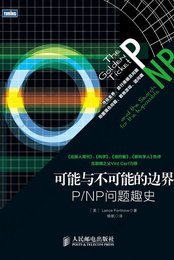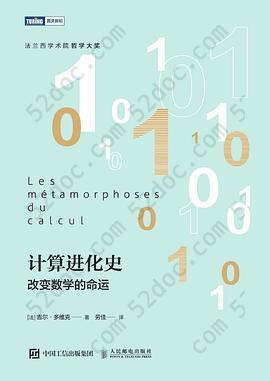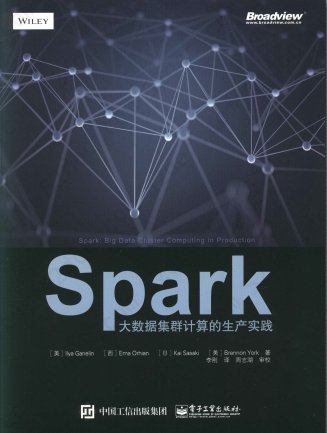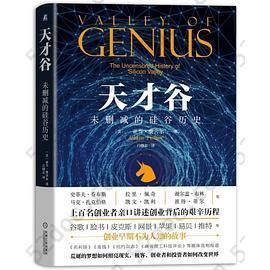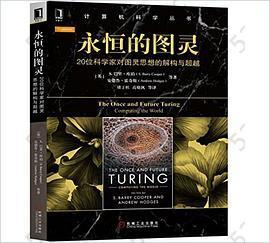注重体验与质量的电子书资源下载网站
分类于: 互联网 职场办公
简介
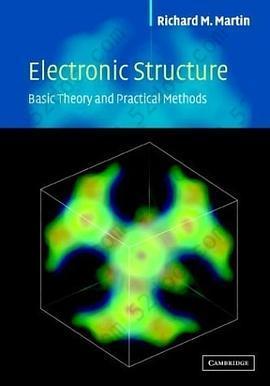
Electronic Structure: Basic Theory and Practical Methods 豆 9.2分
资源最后更新于 2020-08-23 16:20:10
作者:Richard M. Martin
出版社:Cambridge University Press
出版日期:2004-01
ISBN:9780521782852
文件格式: pdf
标签: 物理 电子结构 计算 第一性原理 量子 dft DFT 理论化学
简介· · · · · ·
The study of the electronic structure of materials is at a momentous stage, with the emergence of new computational methods and theoretical approaches. This volume provides an introduction to the field and describes its conceptual framework, the capabilities of present methods, limitations, and challenges for the future. Many properties of materials can now be determined direc...
目录
Part I. Overview and Background Topics: 1. Introduction
2. Overview
3. Theoretical background
4. Periodic solids and electron bands
5. Uniform electron gas and simple metals
Part II. Density Functional Theory: 6. Density functional theory: foundations
7. The Kohn-Sham ansatz
8. Functionals for exchange and correlation
9. Solving the Kohn-Sham equations
Part III. Important Preliminaries on Atoms: 10. Electronic structure of atoms
11. Pseudopotentials
Part IV. The Three Basic Methods for Electronic Structure: 12. Plane waves and grids: basics
13. Plane waves and grids: full calculations
14. Localized orbits: tight bending
15. Localized orbits: full calculations
16. Augmented functions: APW, KKR, MTO
17. Augmented functions: linear methods
Part V. Predicting Properties of Matter from Electronic Structure - Recent Developments: 18. Quantum molecular dynamics (QMD)
19. Response functions: photons, magnons ...
20. Excitation spectra and optical properties
21. Wanner functions
22. Polarization, localization and Berry's phases
23. Locality and linear scaling O (N) methods
24. Where to find more
Appendix A. Functional equations
Appendix B. LSDA and GGA functionals
Appendix C. Adiabatic approximations
Appendix D. Response functions and Green's functions
Appendix E. Dielectric functions and optical properties
Appendix F. Coulomb interactions in extended systems
Appendix G. Stress from electronic structure
Appendix H. Energy and stress densities
Appendix I. Alternative force expressions
Appendix J. Scattering and phase shifts
Appendix K. Useful relations and formulas
Appendix L. Numerical methods
Appendix M. Iterative methods in electronic structure
Appendix N. Code for empirical pseudopotential and tight-binding: schematic description
Appendix O. Units and conversion factors.
2. Overview
3. Theoretical background
4. Periodic solids and electron bands
5. Uniform electron gas and simple metals
Part II. Density Functional Theory: 6. Density functional theory: foundations
7. The Kohn-Sham ansatz
8. Functionals for exchange and correlation
9. Solving the Kohn-Sham equations
Part III. Important Preliminaries on Atoms: 10. Electronic structure of atoms
11. Pseudopotentials
Part IV. The Three Basic Methods for Electronic Structure: 12. Plane waves and grids: basics
13. Plane waves and grids: full calculations
14. Localized orbits: tight bending
15. Localized orbits: full calculations
16. Augmented functions: APW, KKR, MTO
17. Augmented functions: linear methods
Part V. Predicting Properties of Matter from Electronic Structure - Recent Developments: 18. Quantum molecular dynamics (QMD)
19. Response functions: photons, magnons ...
20. Excitation spectra and optical properties
21. Wanner functions
22. Polarization, localization and Berry's phases
23. Locality and linear scaling O (N) methods
24. Where to find more
Appendix A. Functional equations
Appendix B. LSDA and GGA functionals
Appendix C. Adiabatic approximations
Appendix D. Response functions and Green's functions
Appendix E. Dielectric functions and optical properties
Appendix F. Coulomb interactions in extended systems
Appendix G. Stress from electronic structure
Appendix H. Energy and stress densities
Appendix I. Alternative force expressions
Appendix J. Scattering and phase shifts
Appendix K. Useful relations and formulas
Appendix L. Numerical methods
Appendix M. Iterative methods in electronic structure
Appendix N. Code for empirical pseudopotential and tight-binding: schematic description
Appendix O. Units and conversion factors.



